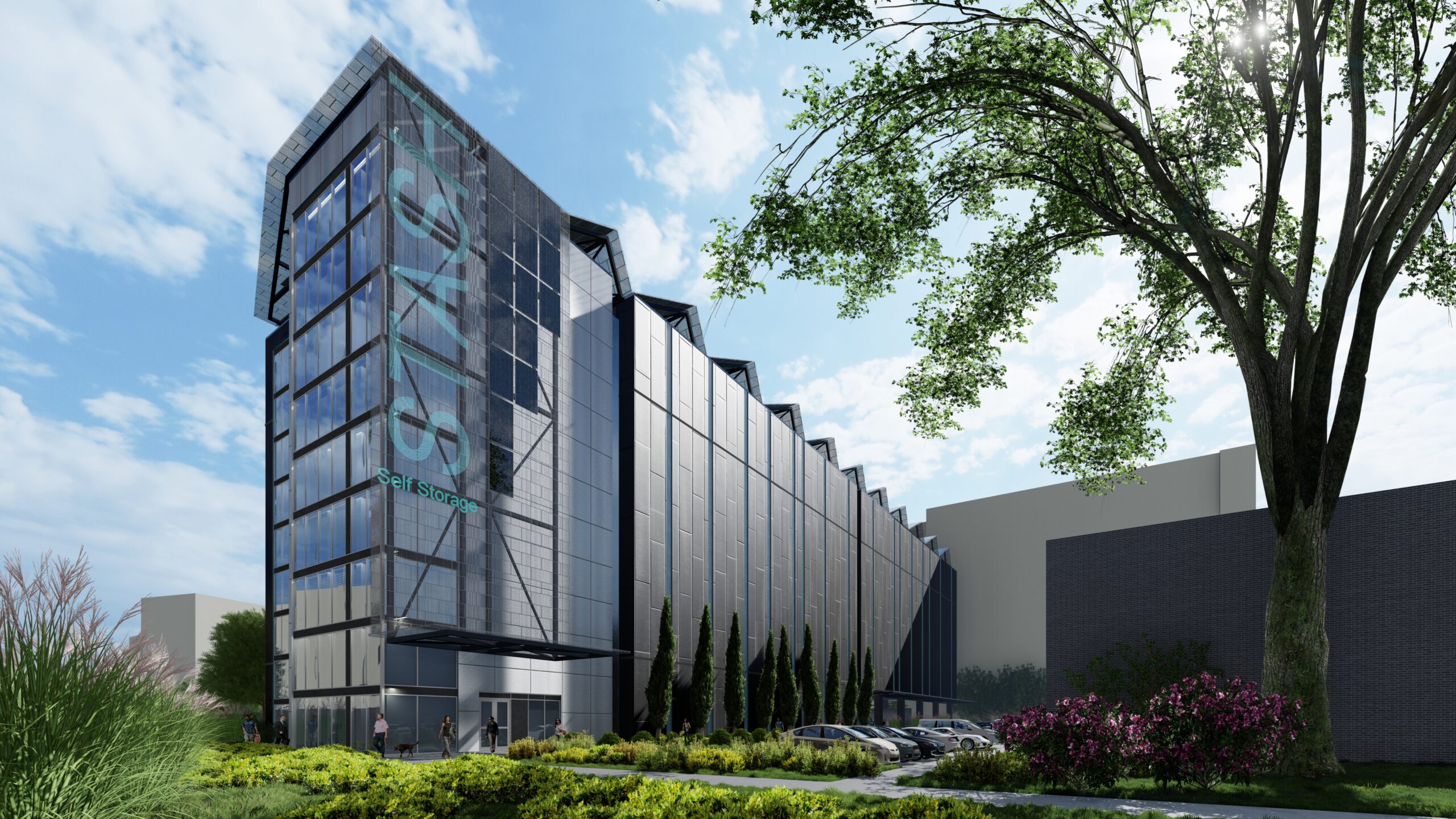Dear Friends,
Robotics in Architecture and Construction is the wave of the future. While robots have been utilized for over 50 years, the speed of acceptance and utilization of robots has been expedited in the face of the post-pandemic labor shortage.
We often think of robots as walking, talking humanoids made of metal. In reality, robots take many forms, and we encounter them every day. “Robotics” refers to any machine or technology system that performs a set of tasks that would normally be done manually by humans.
Robots have many advantages:
- Robots perform their work 24/7/365 without taking breaks, asking for extra PTO or celebrating birthdays in the breakroom.
- Robotic technology is less prone to error and provides higher quality craftsmanship.
- Robots can perform dangerous construction tasks.
- Robotic technology allows more efficient work with less human involvement, reducing waste and leading to more sustainable buildings.
Through 3D printing, robotics is helping to print affordable housing. Drones are delivering materials to high-rise buildings. Robots are constructing buildings or major building components and artificial intelligence is controlling critical building systems. In Seoul, Korea, a Robot Science Museum is being built by robots. Through a partnership with Offsitek, ODA Architecture is having wall and floor panels constructed by robots for a boutique hotel to save construction costs and construction duration.
Will robots replace architects? I don’t think that we need to dust off our resumes yet. Even though over 7 million jobs have been lost to robotics, artificial intelligence, and nanotechnology since 2015, architects are rated as one of the lowest replacement professions. The robotic industry utilizes machine learning algorithms and they have not yet mastered the art of creativity or design inspiration.
For the future, robotics will assist architects to design elaborate and elegant structures. Robots will master the technological challenges, allowing architects to stay creative and dream big. For the construction industry, robotics will perform most construction tasks with precision, skill and efficiency, from the initial footing layout to the final placement of furniture. Do robots get upset with long punch lists generated by architects?




